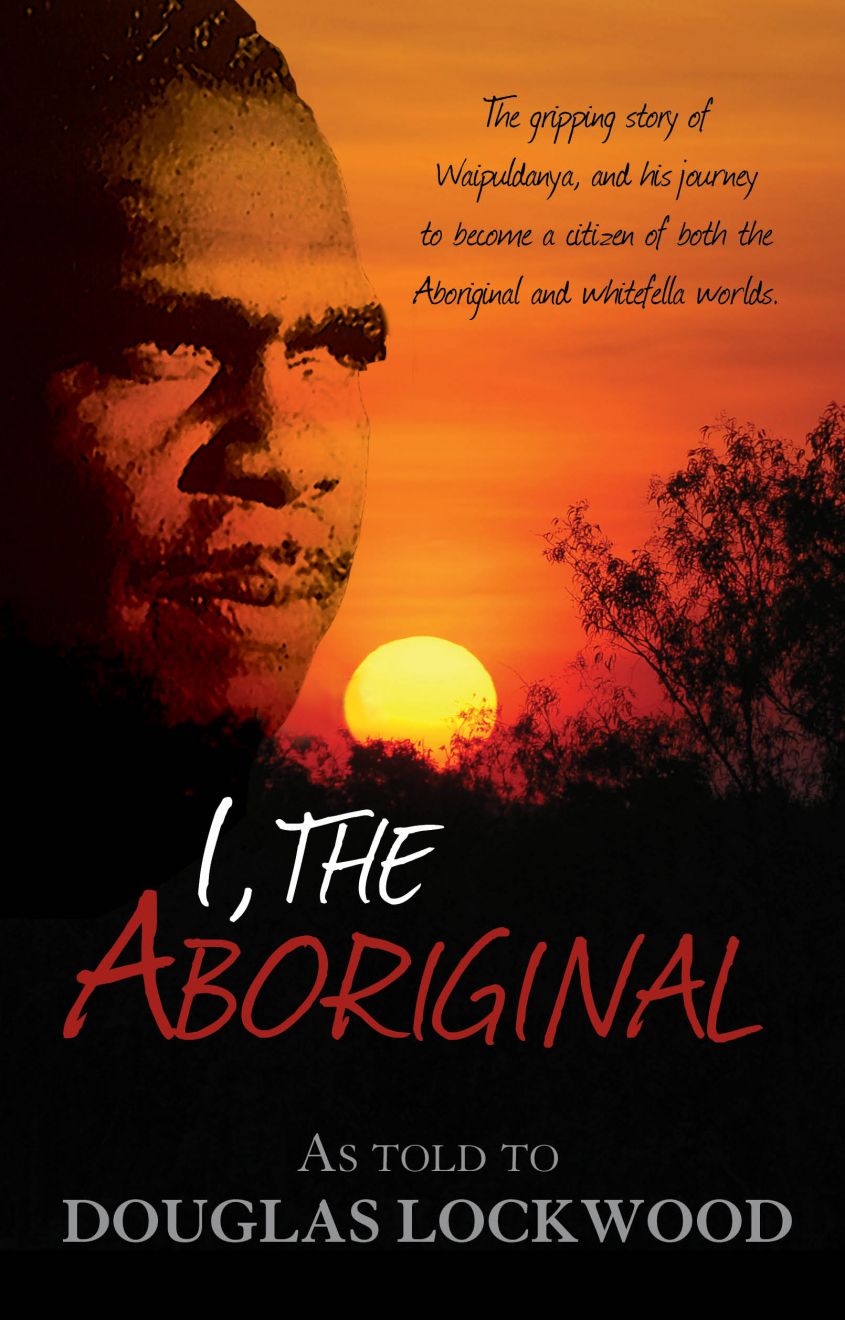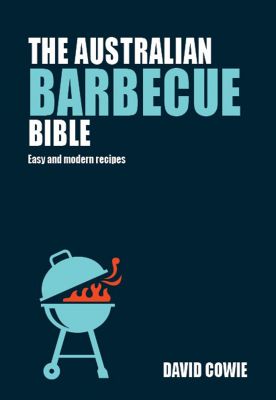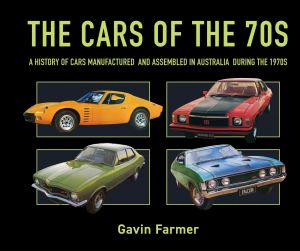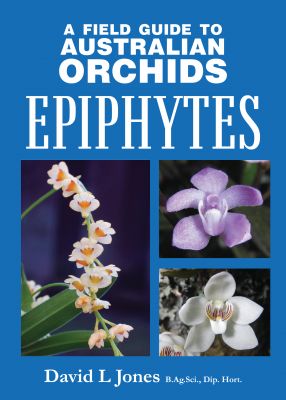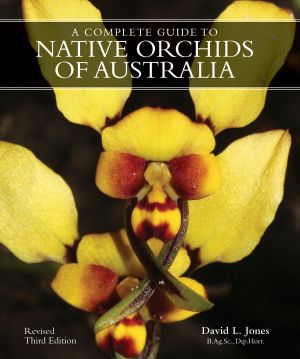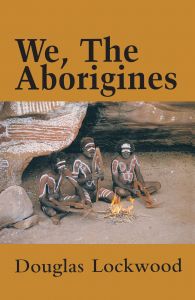I, The Aboriginal
The gripping story of Waipuldanya, and his journey to become a citizen of both the Aboriginal and whitefella worlds.
| By | Douglas Lockwood |
|---|---|
| Format | Paperback / softback |
| Page Extent | 240 |
| Book Size | 14 x 212 x 137 mm (H x W x D) |
| Imprint | New Holland Publishers |
| Release Date | 1 Jan 2014 |
| Subject Classification | Society & culture: general / Social groups / Ethnic studies / Indigenous peoples |
In his youth, Waipuldanya was taught to track and hunt wild animals, to live off the land, to provide for his family with the aid only of his spears and woomeras.
This is the gripping story of his boyhood and youth, and how he trained as a skilled medical assistant, to become a citizen of both the Aboriginal and whitefella worlds.
This is the first great classic of Aboriginal autobiography, as told to renowned writer, Douglas Lockwood.
Douglas Lockwood
Douglas Wright Lockwood (1918-1980), journalist, soldier and author, was born on 9 July 1918 at Natimuk, Victoria, second child of native-born parents Alfred Wright Lockwood, journalist, and his second wife Ida Dorothea, née Klowss, daughter of a German immigrant. Alfred had four children by a previous marriage. Educated at Natimuk State School, Douglas worked on his father's newspaper, the West Wimmera Mail, and on newspapers at Camperdown, Tatura and Mildura.
In 1941 Lockwood oined the Melbourne Herald. On 4 October that year at the Methodist Church, Wangaratta, he married Ruth Hay, a clerk. Soon afterwards he was sent to Darwin and in February 1942 saw the first enemy bombs fall on Australian soil. Enlisting in the Australian Imperial Force on 15 June, he trained in intelligence and security duties. He served in New Guinea and on Bougainville in 1944-45 with 'V' and 'Z' Field Security sections, and was promoted warrant officer. Following his discharge on 15 June 1945 in Melbourne, he was a war correspondent for theHerald, reporting from the Netherlands East Indies. In 1946 he returned to Darwin and, except for postings to the Herald's Melbourne (1947-48) and London (1954-56) offices, was to remain there until 1968.

